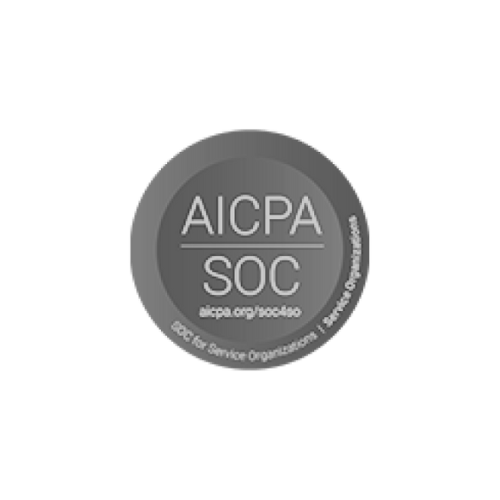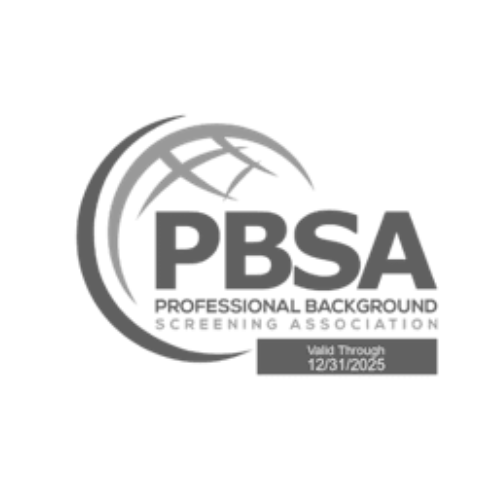Communication in the workplace isn’t just about emails and meetings—it’s the glue that holds a successful organization together. When HR and employees communicate effectively, trust is built, engagement thrives, and everyone stays aligned with the company’s mission. But let’s be honest: miscommunication happens. Unanswered questions, unclear policies, and lack of transparency can quickly lead to frustration and disengagement.
So, how can HR teams create an open and effective dialogue with employees? Here’s how to make communication smoother, more engaging, and beneficial for everyone.
1. Create Clear and Accessible Communication Channels
Meet Employees Where They Are
Different employees prefer different methods of communication. Some may like face-to-face meetings, while others prefer quick updates via messaging apps like Slack or Microsoft Teams. Make sure you’re providing multiple channels—emails, newsletters, employee portals, or even social media groups—so employees can stay informed in a way that works for them.
Define the Purpose of Each Channel
Avoid information overload by designating specific channels for specific types of communication. Use emails for formal updates, messaging apps for quick questions, and in-person meetings for deeper discussions. This clarity reduces confusion and ensures employees know where to look for what they need.
2. Foster Transparency to Build Trust
Keep Employees in the Loop
Employees want to feel connected to the company’s bigger picture. Be transparent about company updates, policy changes, and challenges. Sharing information, both good and bad, helps employees understand their role in the organization’s success and builds a culture of trust.
Acknowledge and Address Concerns
When employees voice concerns, acknowledge them. Even if an immediate solution isn’t possible, keeping employees informed on the progress of their concerns shows that HR values their input. This simple act builds confidence in leadership and strengthens workplace relationships.
3. Make Communication a Two-Way Street
Encourage Feedback—And Act on It
Regular surveys, feedback forms, and pulse checks are great tools—but they’re only effective if action is taken based on the responses. Show employees that their voices matter by implementing changes based on their feedback and communicating those improvements.
Hold Town Halls and Open Forums
Give employees the opportunity to ask questions directly to HR and leadership. Open forums create a space where employees can express concerns, share ideas, and gain clarity on company matters, fostering a sense of community and inclusivity.
4. Empower Managers to Be Effective Communicators
Managers serve as a crucial bridge between HR and employees. Equipping them with effective communication skills ensures that company messages are delivered accurately and that employee concerns are relayed back to HR.
Provide Leadership Training
Offer managers training in active listening, conflict resolution, and empathetic communication. Strong managers create stronger teams and help keep communication lines open.
5. Personalize and Humanize Communication
Recognize and Celebrate Employees
Acknowledging employees’ contributions, work anniversaries, or personal milestones can go a long way in making them feel valued. A personalized email, a shout-out in a meeting, or a small reward can make all the difference in workplace morale.
Adapt Communication Styles
Not everyone processes information the same way. Some employees appreciate direct and concise communication, while others may need a more detailed and empathetic approach. Being mindful of diverse communication styles ensures messages are received and understood effectively.
6. Build a Culture of Continuous Feedback
Make Feedback Routine
Annual performance reviews shouldn’t be the only time employees receive feedback. Frequent, constructive conversations about performance and growth create an environment of continuous improvement and engagement.
Encourage Peer-to-Peer Feedback
A culture of open feedback shouldn’t only exist between employees and HR. Encouraging peer recognition and feedback can boost teamwork and morale across departments.
7. Ensure Confidentiality and Build Trust
Handle Sensitive Issues with Care
HR is often responsible for handling sensitive matters such as workplace conflicts or personal grievances. Employees must feel confident that their concerns will be addressed with discretion and professionalism.
Be Consistent in Communication and Actions
Trust is built through consistency. Ensure that all policies are applied fairly and that employees see HR as a reliable and objective resource.
8. Avoid Communication Pitfalls
Break Down Silos
Poor communication often results from departments working in isolation. Facilitate collaboration by encouraging cross-departmental meetings and projects to ensure everyone stays informed and aligned.
Keep Messages Clear and Concise
Long, jargon-filled emails can be overwhelming. Keep communications simple, relevant, and easy to understand. Use visuals, infographics, or videos when necessary to improve engagement.
9. Measure and Improve Communication Efforts
Track Engagement Metrics
How do you know if your communication strategies are working? Measure engagement through survey participation rates, meeting attendance, and feedback forms. HR analytics tools can also provide insights into communication gaps.
Ask for Feedback on Communication
Just as employees need feedback, HR does too! Regularly check in with employees about how communication processes can be improved and refine strategies accordingly.
Why It Matters
When HR and employees communicate effectively, the entire organization benefits. Improved communication:
- Boosts morale and job satisfaction.
- Increases productivity and efficiency.
- Reduces misunderstandings and conflicts.
- Strengthens employee retention and engagement.
On the flip side, poor communication can lead to disengagement, higher turnover rates, and a negative workplace culture.
Need Help Enhancing Workplace Communication?
At AMS Inform, we specialize in helping organizations foster trust and transparency through efficient employee verification and background screening solutions. Ensuring smooth communication starts with hiring the right people—and we’re here to help.
Let’s build a workplace where communication thrives. Connect with AMS Inform today!


















